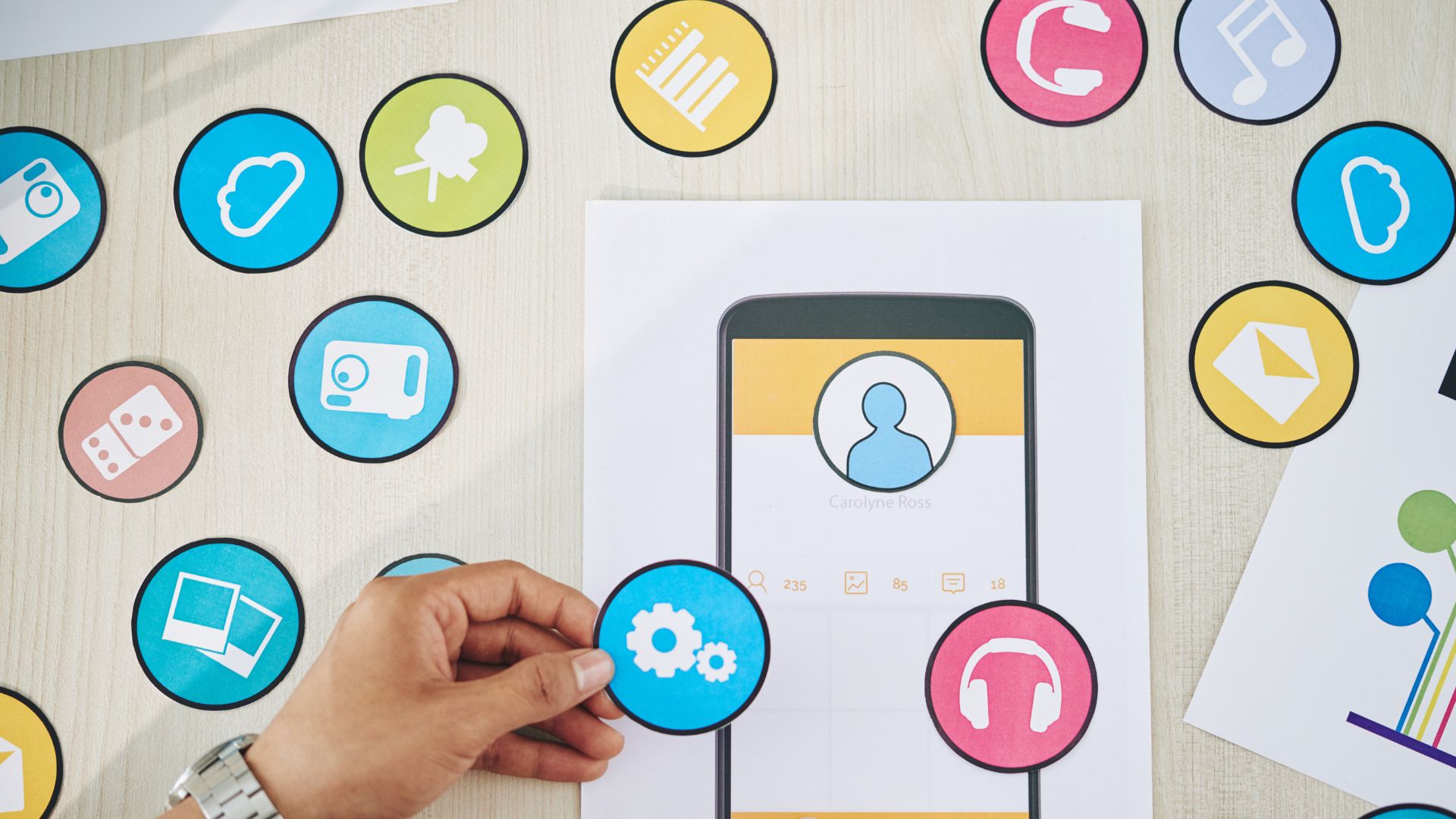Building a super app is no longer a unique idea. There are many super apps in Singapore that we use every day. These apps include Grab, Uber, etc. The core objective of a super app is to provide users with multiple services within a single app.

If you are also planning to create and launch a super app in Singapore, you may be wondering how to do so. In this blog post, I have shared a few ways most Singapore app builders build super apps, along with their pros and cons.
Option 1: “Super App” Container with Mini-Apps (Recommended)
This is the modern and scalable approach.
Your app developer will create a main shell app (the “container”) that can load other apps or modules dynamically — each as a mini-app or micro-frontend.
How It Works:
1. The developer builds a main app (host) that handles:
- Authentication
- Navigation
- UI shell
- Common services (analytics, notifications, user profile)
2. Each feature app (like “Food Delivery”, “Taxi”, “Shopping”) is developed separately — often in different codebases or even languages.
3. These mini-apps are plugged into the main container, either:
- Pre-bundled (downloaded with the app)
- Or loaded dynamically (from a server or package manager)
Pros:
- Each app remains independent.
- Different teams can develop separately.
- Dynamic updates possible (for web/JS mini-apps).
Cons:
- Complex to architect initially.
- Communication between mini-apps needs a shared protocol or SDK.
Option 2: Embed Web Apps Inside a Native Shell (Hybrid “Super App”)
If your apps are web-based (React, Angular, etc.), you can embed them in a single native wrapper using WebViews.
How It Works:
- The developer will create a native app (or Flutter shell).
- Each module loads a web app URL in a WebView.
- The container handles navigation.
- Example: Grab and GoJek use hybrid approaches.
Pros:
- Extremely easy to integrate multiple web apps.
- Different teams can deploy updates independently (no app store resubmission).
Cons:
- Slightly slower UX than fully native.
- Limited native API access unless bridged.
Option 3: Microservices + API Integration (Unified Backend, Separate Apps)
If you don’t want to merge the UIs, you can connect them through APIs.
How It Works:
- Each app runs separately.
- A new main app is built with common login + navigation.
- Each sub-app’s content/features are fetched through APIs (not full code integration).
Pros:
- No need to merge codebases.
- Low complexity on the mobile side.
- Great for backend-driven features.
Cons:
- Feels less “integrated.”
- Can’t reuse existing app screens directly.
Option 4: Use a Flutter “Super Project” (Best if you start fresh)
If you want a single codebase for everything eventually:
- Convert all your apps into Flutter modules.
- Combine them inside one Flutter “super project”.
- Each module can be developed and tested independently, but all run under one main app.
Pros:
- Unified tech stack (Dart + Flutter).
- Fast development, single build.
- Easier long-term maintenance.
Cons:
- Requires rewriting parts of older apps.
- Upfront time investment.
